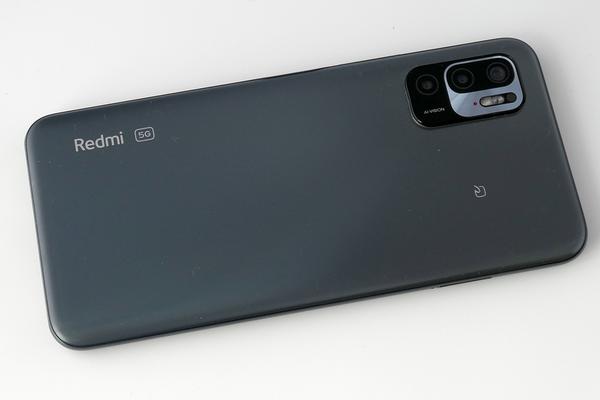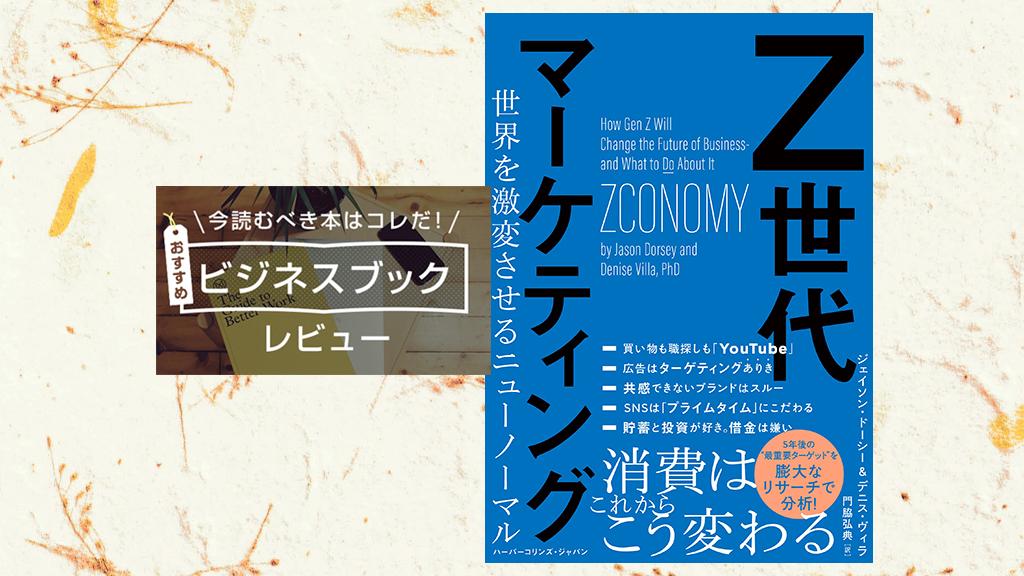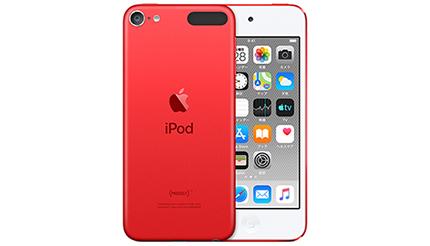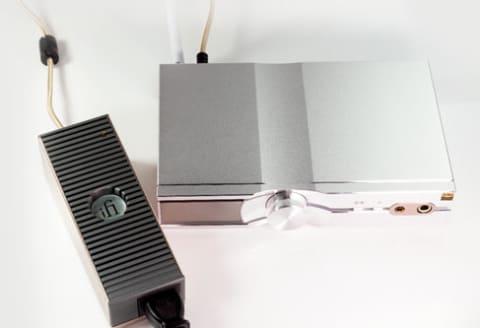Xiaomi continues to release smartphones with high cost performance and is increasing its fans in Japan. On August 13th, "Redmi Note 10 JE" was released from au. "JE" stands for "Japan Edition". It is a Japan-only model that is compatible with Osaifu-Keitai and waterproof and dustproof, and while it is 5G compatible, the terminal price is affordable at 28,765 yen.
What kind of person is this Redmi Note 10 JE suitable for? Can even moderate users be satisfied? I used it slowly and tested it.
Sufficiently satisfying operability for an entry model
Let's start with operability. The processor of Redmi Note 10 JE is Snapdragon 480 5G. It is a new chip that is not yet used in many models, and is the lowest grade entry model among Qualcomm's 5G chips.
In addition, the memory (RAM) is 4GB, which is small among recent smartphones. Looking only at the catalog specs, I honestly can't expect much performance.
However, when you actually use it, the application startup speed and touch response are practical enough. Compared to high-end models that can be operated quickly, it has the impression that it is a little slow, but I do not feel any inconvenience in operating basic apps such as calling, messaging, and camera.
I also ran a benchmark test to compare the processing speed of smartphones, and recorded a score comparable to that of the middle class.
However, if you continue to use it, you may feel a time lag in the touch response or a jerky response. It is better to think that it is disadvantageous for playing games with a large processing load and multitasking operations.
Battery capacity is 4800mAh. The battery life is very good, and even if you use it a little heavy, it will last for a day, and depending on how you use it, it will last for 2-3 days. As a test, I played a Netflix movie for 2 hours after fully charging it, and the battery only dropped 9%.
The large screen display is attractive, but the sound quality of the speaker is dissatisfied
The display is a liquid crystal display of approximately 6.5 inches. Compared to organic EL, there is an impression that the brightness is inferior, but I did not notice it in everyday use. It should be easy to use for those who prefer the calm color tones of liquid crystals. Also, since the resolution is 2400 x 1080 dots, even small characters are displayed clearly.
Because the display size is large, it is also an advantage that subtitles are easy to read when videos such as "YouTube" and "Netflix" are enlarged on the free screen.
The maximum refresh rate is 90Hz, and it also has a function to automatically switch the refresh rate according to the content. It is epoch-making that it corresponds to 90Hz at this price. However, in the range I tested, the truth is that I didn't feel much difference even if I switched from the default setting of 60Hz to 90Hz.
Still, considering that it is an entry model, the display part is generally satisfactory for everyday use.
On the other hand, I was concerned about the sound quality of the built-in speaker. A single speaker is mounted on the bottom, and it can produce a decent volume, but it's monaural, so I felt a little unsatisfactory when watching videos.
The performance of the camera is suitable for the price. It is difficult to use AI properly
The out-camera has a three-lens configuration. It consists of main (approximately 48 million pixels / F value 1.79) + macro (approximately 2 million pixels / F value 2.4) + depth camera (approximately 2 million pixels / F value 2.4).

The macro camera can shoot at a minimum distance of 4cm, but since it is 2 million pixels, it is not very clear. A depth camera is like a sensor for measuring the depth of field. So, in practice, you'll be using the main camera at around 48MP in most situations.
Images taken with the main camera are recorded at 12 million pixels (4000 x 3000). In other words, it is a mechanism that combines four pixels into one and shoots. However, you can also switch to "48M" mode and record at 48 million pixels (8000 x 6000).
I was concerned about the image quality, but I felt that the colors were slightly darker, and depending on the situation, the image was slightly darker. However, the "night view" mode was quite bright. With a smartphone in the 20,000 yen range, if you can shoot this far, I would like to give it a high rating.
It also supports scene detection by AI, and when turned on, the color tone changes in an easy-to-understand manner. It's easy to use, but depending on the scene, the colors may look unnatural, so I felt it was necessary to turn it on and off frequently.
[Sample Photo Gallery] *Tap the image to browse. Some SNS cannot be viewed.
The in-camera has an F value of 2.0 and approximately 8 million pixels. The image quality is quite good for an entry model, and you can shoot with AI correction and portrait mode that blurs the background.
Osaifu-Keitai and waterproof support are welcome
The biggest selling point of this model is the unique Japanese specifications. As a Xiaomi smartphone, FeliCa is installed following the "Redmi Note 9T" released for Softbank, and electronic money can be used with Osaifu-Keitai and Google Pay.
In addition, it is the first Xiaomi smartphone to support IPX8 waterproof and IP6X dustproof. IPX8 indicates performance that does not allow water to enter inside the terminal even if it is submerged for a certain period of time. Even if you drop it in the pool or get wet in a sudden heavy rain, you don't have to worry about it breaking down if you deal with it quickly.
This is good news for those who were interested in Xiaomi's smartphone but excluded it from the options because it does not support Osaifu-Keitai or waterproof.
According to Xiaomi, it seems that not all models released in Japan in the future will support Osaifu-Keitai and waterproofing, but it seems likely that the number of compatible models will increase in models for carriers.
SIM-free, but 5G is optimized for au and UQ mobile
Redmi Note 10 JE is an entry model, but the texture of the body is not bad. The back panel has a gradation with a strong gloss, and it feels smooth to the touch. Color variations include "chrome silver" in addition to the "graphite gray" used. It's a little plain, but you can say it's a color that you won't get tired of.
The fingerprint sensor is mounted on the power key on the right side of the main unit. It also supports face recognition with the front camera. The authentication speed of the fingerprint sensor is neither slow nor fast. Face recognition was able to unlock quickly.
Since it is a carrier model, only one SIM can be inserted. However, since SIM lock is not applied, you can insert and use another company's SIM.
5G frequencies correspond to n28, n77, and n78 used by KDDI. It seems that it is not compatible with the frequencies used by Docomo and Softbank, so it can be safely said that it is a terminal suitable for KDDI's 5G line.
I found ○ and × after using it carefully, and the necessary performance is exactly finished
Finally, I summarized what I liked about Redmi Note 10 JE and what I was dissatisfied with. rice field.
Redmi Note 10 JE's ○ ・Large screen display that makes it easy to see the web and videos ・Compatible with Osaifu-Keitai, waterproof and dustproof ・Battery that can be used for more than 2 days with plenty of room
Redmi Note 10 JE's × ・The image quality of the camera is not good ・The built-in speaker is monaural ・The design is plain compared to other Xiaomi models
If you look at it this way, you can see that the low price has been achieved by finishing the necessary parts for the usability of the smartphone, and slightly suppressing the performance in other areas. It would be a good idea to look at the points you like and dissatisfaction and consider purchasing.
[Photo Gallery] *Tap the image to browse. Some SNS cannot be viewed.
read more



